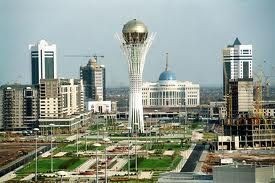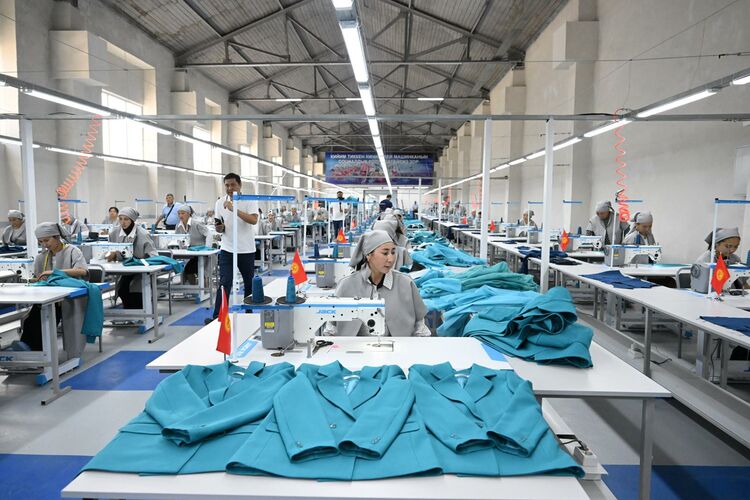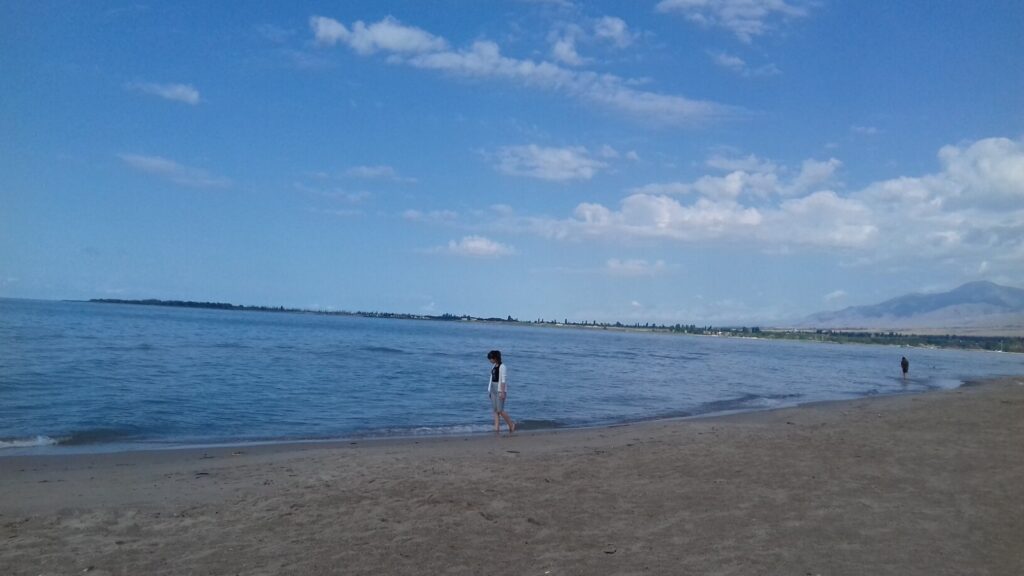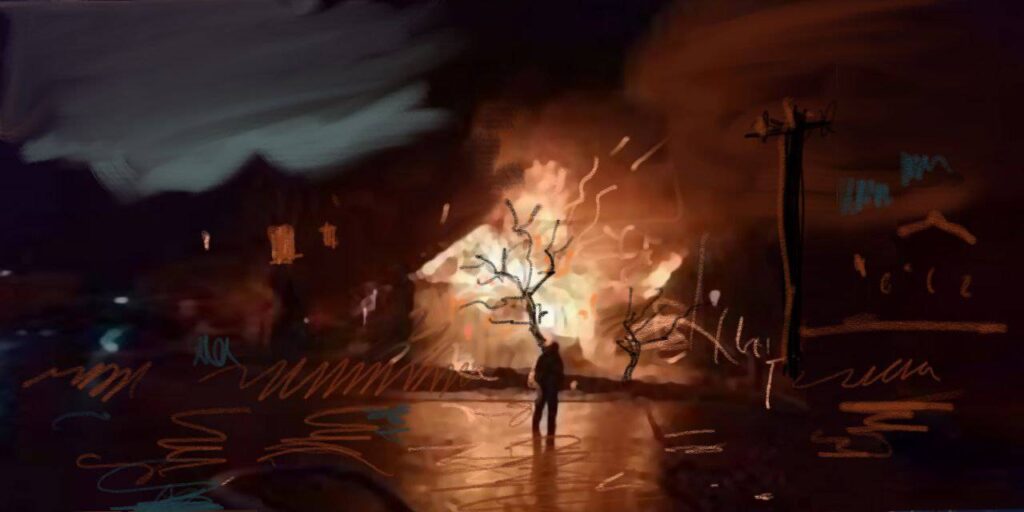ALMATY (TCA) — Kazakhstan turned out to be the last Soviet republic to formally declare its independence on December 16, 1991, almost half a year after the bell for the USSR had tolled in Moscow. Although stagnant in the political domain, Kazakhstan made spectacular economic progress into the new century. But it remains exposed to setbacks as weak spots now appear to have remained in place.
Early days
Just five years before the declaration of independence on the same day in 1986, Almaty, then still the capital of Kazakhstan, was shocked by demonstrations by a crowd which in the course of the following day had swollen to close to 100,000 first and by the brutal response by police and paramilitary forces later. At stake were Gorbachev’s glasnost and perestroika and Kazakhstan’s reluctance to adopt them, which had led to the replacement of long-standing Kazakh communist secretary-general Dinmukhamed Kunayev, who now voiced “nationalist opposition” slogans.
The riots left close to 200 dead and well over 10,000 arrested, but remained without immediate result. The new leader, Gennadi Kolbin, tried to be reconciliatory but in June in Noviy Ozen on the Mangistau peninsula in the southwest, one of Kazakhstan’s core oil areas, fresh riots broke out. Kolbin stepped back, leaving his place to Nursultan Nazarbayev, a party careerist who consolidated his position with the proclamation, on April 24, 1990, to add to the title of First Secretary the one of President, following Gorbachev’s example in the previous year.
Request of democratic reforms
In March 1991 a referendum was held on the future status of the Soviet Union in nine of its fifteen republics. In Kazakhstan, 94.1 per cent of the electorate voted in favour of the maintenance of the USSR as a “union of sovereign states”. On December 16, full independence was declared with the establishment of the sovereign Republic of Kazakhstan with Nazarbayev as provisional head of state. In June 1992, demonstrations occurred in Almaty, demanding democratic reforms, and some ill-profiled opposition groups were formed.
Industrial output
In the meantime industrial output in Kazakhstan had fallen by 13 per cent in 1992 and by another 13 per cent in 1993, only to drop by nearly 30 per cent in 1994. In that year, the new currency, the tenge, was introduced and dropped to the Russian rouble by the day. Prices for gas, electricity, public transport and all other utilities multiplied by the month. In 1994, over 900 state enterprises were simply closed down, sending as many as 350,000 employees on the dole. Another 170 enterprises cut working hours, sending another 125,000 people on “voluntary leave”.
Capital from western oil companies
At this stage President Nazarbayev postponed all “democratic experiments” and took all decisions by decree. It as then that thanks to the arrival of capital from western oil companies, oil production and sales took off again. The money was used to subsidize the prices of bread and household services to avoid socioeconomic degradation. It saved the day. In 1995, economic contraction was down to 8.2 per cent, and in 1996 to 0.5 per cent. The following year saw, for the first time, a net economic on-year growth of 1.7 per cent with industrial output rising by 4 per cent on-year.
A spectacular upsurge
The first test came in 1998, with a monetary collapse that spread over the entire CIS, accompanied by a spectacular drop in oil prices from over $40 to less than $10 per barrel. Kazakhstan suffered only a modest setback with a 1.9 percent drop in GDP. The next year saw economic growth once more, to culminate over the year 2001 with a spectacular upsurge of 13.5 percent economic growth. In 2005, GDP had amounted to the equivalent of $58.23 billion, a 9.4 per cent increase from the previous year.
What went wrong
First of all, the cash available was squandered on things varying from massive imports of luxury goods to the construction of a new capital, Astana, in the north which took Almaty’s place in 1997. Second, even though “surplus” income on oil exports was saved in a national fund for emergencies, the fund’s capital income was less than 5 per cent per annum compared with more than 30 per cent for its counterparts in Norway or Kuwait.
External capital inflows
The elementary mistake made during the lavish cash years was that no working capital to be put at the disposition of existing or emerging industries was formed as a basis for all-round industrial development of Kazakhstan. That sector was left to external capital inflows which, as is well-known, tend to come and go at random, and on borrowed money. Both accumulate liabilities – not assets. The result consisted of scattered midstream industries throughout the country generating income of no more than a few per cent of the national revenue, and in many cases losing money. As a result, Kazakhstan remains among the countries over-dependent on external commodities sales and without sufficient industrial strength to counter it. It was therefore hit harder than any other country in the world by the financial crisis that broke out in 2008 and the oil market crash of 2014. As for external investments, they remain concentrated on hydrocarbons and to some extent mining. The country keeps borrowing, and selling out state assets has not resulted in alternative financial resources for the earlier misspent domestic revenues.
Political outlook
Kazakhstan has kept a highly centralist political system dominated by the head of state in the saddle, and recent warnings of “increasing unrest” among the population have appeared to be unfounded so far. The same is true for another popular theme in western media: the question of “succession” of President Nazarbayev. The good news is that if the latter’s position for whatever reason becomes vacant, the Speaker of the Senate becomes interim-President and within four months elections will be held.
Living standard
Living standards stagnated but did not decline and in all purchasing power remained at a six-fold level compared to that by the end of the previous century, with poverty levels reduced from over 40 to less than 10 per cent of the overall population.
Today, average living standards in Kazakhstan are still more than twice those of the other Central-Asian republics, but also still account for hardly more than two-thirds of those in Russia. But the economic price of stability has kept the need for cash high – meaning high pressure on liabilities. According to statistics, in 2010-2013 Kazakhstan’s economy received foreign direct investments in the amount of more than 100 billion dollars. Non-primary economic sectors had investment in the amount of about 25 billion dollars out of this sum. This was possible due to basic incentives created for investors, which included a 10 year corporate income tax break and an 8-year break on property tax. State guarantees now provide for 30 per cent of returns on investments.
This is the fifth article of a series reviewing the post-Soviet period in Central Asian republics. The fourth article (on Turkmenistan) can be read here









